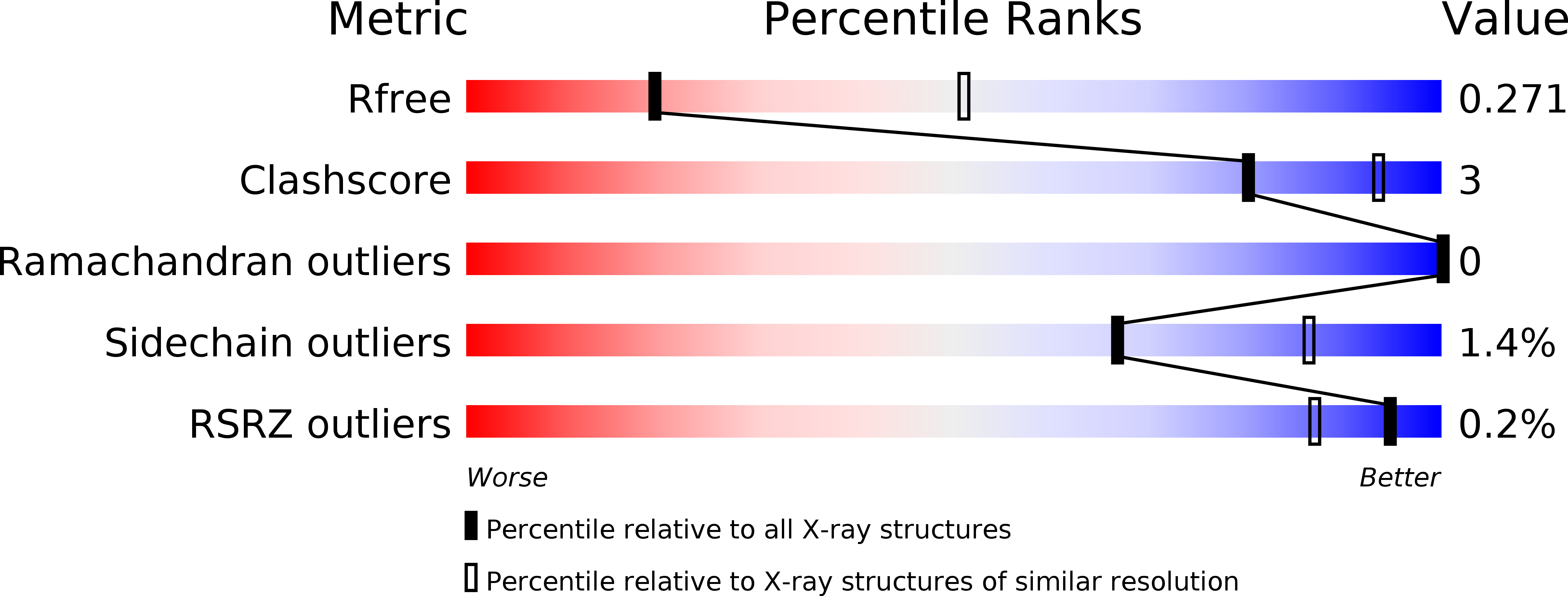
Deposition Date
2015-01-16
Release Date
2015-04-08
Last Version Date
2023-09-20
Entry Detail
PDB ID:
4S1Z
Keywords:
Title:
Crystal structure of TRABID NZF1 in complex with K29 linked di-Ubiquitin
Biological Source:
Source Organism:
Homo sapiens (Taxon ID: 9606)
Bos taurus (Taxon ID: 9913)
Bos taurus (Taxon ID: 9913)
Host Organism:
Method Details:
Experimental Method:
Resolution:
3.03 Å
R-Value Free:
0.27
R-Value Work:
0.22
R-Value Observed:
0.22
Space Group:
C 1 2 1


